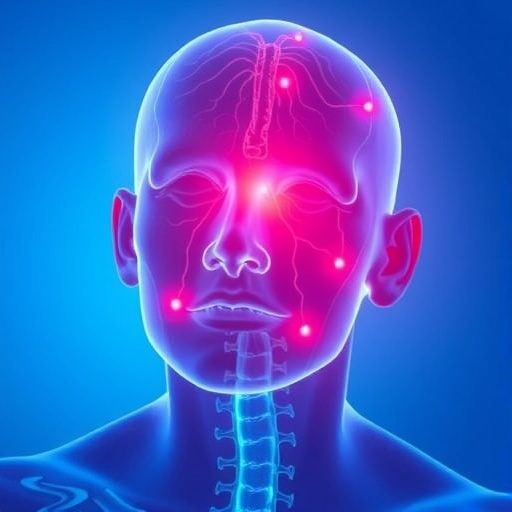UH researcher develops method to track arousal from sweat, heart rate together
![]()
Credit: University of Houston
Assistant professor of electrical and computer engineering Rose Faghih is not afraid of fear. If continuously monitored, she sees it as a tool to improve mental health treatment. So, she and doctoral student Dilranjan Wickramasuriya in the University of Houston Computational Medicine Lab (CML), who have previously tracked the fear response through sweat, or skin conductance, have now illustrated that the sympathetic nervous system’s activation level can be tracked continuously.
“We developed a mixed filter algorithm to continuously track a person’s level of sympathetic nervous system activation using skin conductance and heart rate measurements,” reports Faghih in the journal PLOS One. “This level of sympathetic activation is closely tied to what is known as emotional arousal or sympathetic arousal.”
The sympathetic nervous system controls what is commonly known as the “fight or flight” response, activated when the body is confronted by fear. Sympathetic nerves are a primary part of the response, and their arousal propels a person to action. When the sympathetic nervous system is activated, the heart starts pumping blood faster to send more oxygen to muscles. Then, tiny bursts of sweat released by the body cause a cooling effect.
“Using measurements of the variations in the conductivity of the skin and the rate at which the heart beats, and by developing mathematical models that govern these relationships, CML researchers have illustrated that the sympathetic nervous system’s activation level can be tracked continuously,” reports Faghih.
The ability to track arousal from skin conductance and heart rate together is an important precursor to the development of wearable monitors that could aid in patient care. The algorithm could be embedded in a wearable electronic device to monitor a patient diagnosed with a fear or anxiety disorder.
“Anxiety and trauma-related disorders are often accompanied by a heightened sympathetic tone and these methods could find clinical applications in remote monitoring for therapeutic purposes,” she said.
###
Media Contact
Laurie Fickman
[email protected]
Original Source
https:/
Related Journal Article
http://dx.




